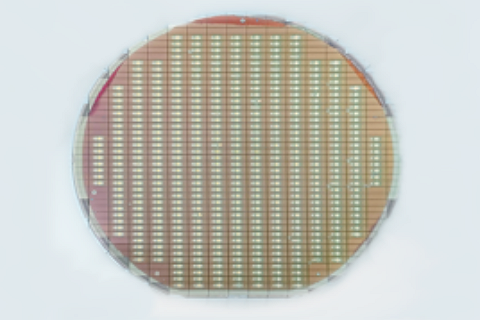TECHNOLOGY
Raster Scan
Raster scan produces a much brighter and higher quality image. The max duty cycles of the lasers are about 90% for the raster scan. The max laser duty cycles for a Lissajous scan are less than 50% due to issues with brightness uniformity. Therefore a raster scan display produces a much brighter screen compared to the Lissajous scan that some competitors have adopted.
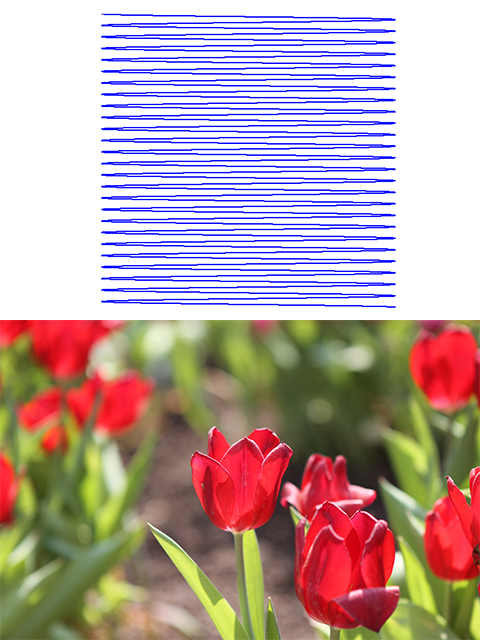
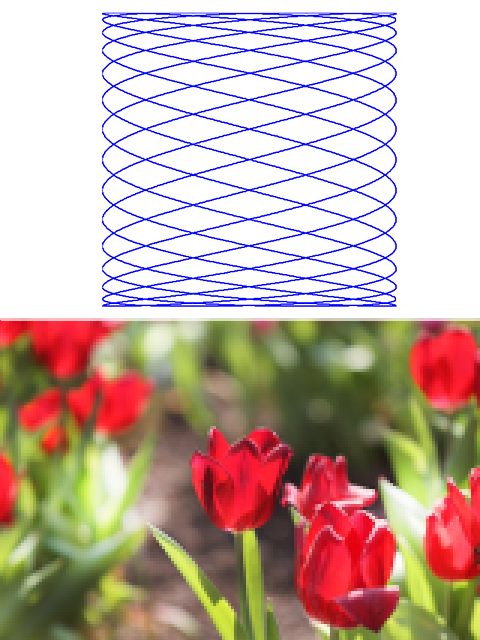
Biaxial Single Mirror Design
This greatly simplifies the optical module assembly alignment work and greatly improves the production yield. Some competitors utilize two mirrors for the biaxial scan. The laser first aims at a smaller fast scanning uniaxial mirror. This mirror produces a scanned line that is scanned by a second larger and slower scanning mirror to produce a complete two dimensional scan. It is exponentially more difficult to align two mirrors with lasers than to align a single mirror.
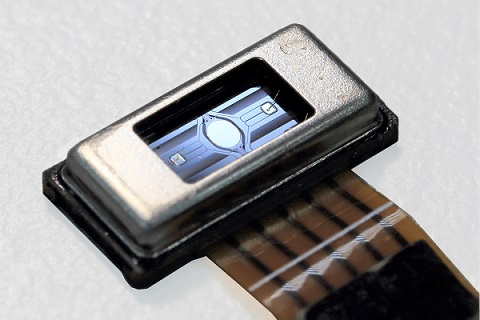
Pure Electrostatic Actuation Method
The benefits of the pure electrostatic design are high assembly yield and small module size. Some of our competitors utilize electromagnetic force for the slow scan and fast scan. Our pure electrostatic biaxial mirror is made completely inside the foundry. Most of our competitors use either a moving coil or moving magnet design for the scan. This creates many alignment issues outside of the foundry. First, the assembly house needs to align the coil and magnet. Secondly, for the moving magnet design, the magnet and mirror need to be aligned and combined at the assembly house before magnet and coil alignment. For the moving coil design, the magnet must first be attached to an iron yoke to complete the magnetic field loop.
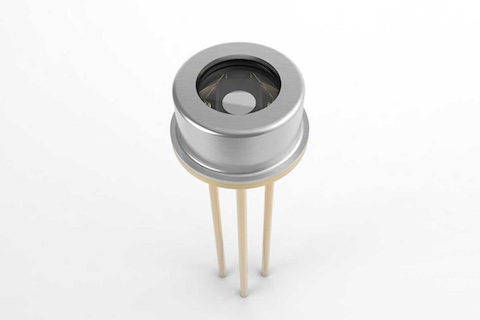
No Vacuum Package
Our electrostatic driving force is large so we do not need vacuum packaging to increase the Q factor and scan angle.
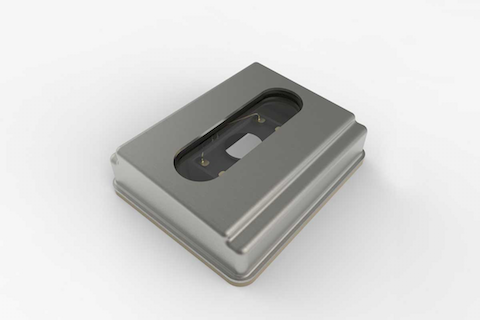
Superior Performance Spec
Large scan angle, large mirror size, fast scanning speed and low dynamic deformation: our mirror diameter is 1.2mm with the fast scanning speed at 28kHz and can scan optical angles larger than 42 and 26 degrees. The mirror dynamic deformation is small at the largest scan angle.
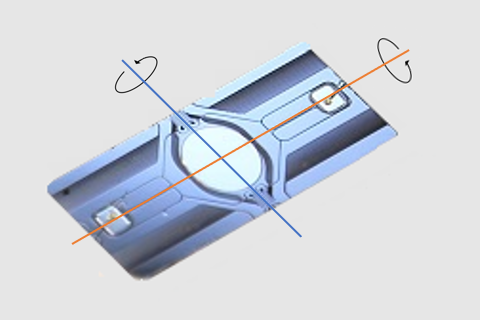
Cost Effective Design
The die size of our biaxial mirror is small and the wafer yield at foundry is very high. This ensures that high volume production cost will be low.
